A lot more people are growing houseplants because they are staying home and want a prettier house. Unfortunately, many homes don’t have enough good-quality light for plants that need bright light. Obviously, lights can be added to those dark corners, but what kind of light should you get?
Not every lightbulb, or the quantity and quality of light it produces, will work for growing plants indoors. Plants use large amounts of red and blue light, lesser quantities of other colors, and very little green, which is the color they reflect back to our eyes. The measurement scale of the color of light is expressed in the temperature scale of degrees Kelvin, or K.
Sunlight at noon on a slightly overcast day is around 6,500 K. A normal incandescent light is much cooler, around 2,800 K, while a cool, white-blue fluorescent light is a warm 4,100 K. I know that it sounds odd to say that a yellowish-red lightbulb that produces heat is cooler than a bluish-colored fluorescent light, but it is true when you are only looking at the colors of light and not the kind of bulbs producing the light. Bulbs with color temperatures below 5,000 K look more yellow/red, while bulbs rated between 5,000 and 6,000 K are white, and bulbs above 6,000 K tend to look blue.
Some lightbulbs are sold as “daylight,” “sunlight,” “natural,” “balanced,” or “wide spectrum.” These terms mean the bulb is producing a color of around 5,000 to 6,000 K. On the other hand, a “full-spectrum” bulb produces a light that covers the entire range of visible light (400-700 nanometers) without gaps in its spectral output. I have grown aquarium plants and vegetable transplants under full spectrum lights, and a mix of cool and warm fluorescent lights and the plants lit by full-spectrum bulbs easily outgrew the others.
Old-style incandescent bulbs have an efficiency rate around 5 percent, and the spectrum of light produced is not ideal for growing plants. Incandescent bulbs produce a large amount of heat, which will increase your cooling costs and can burn plant leaves.
High-output, full-spectrum fluorescent lamps are a great choice for indoor plant growth. They are 3 to 7 times more efficient than incandescent bulbs, but they need to be placed close to the plant. Compact fluorescent bulbs can be good for growing a single plant in a room away from windows. Newer fluorescent bulbs are only five-eighths of an inch in diameter, while old bulbs are 1 1/2 inches in diameter. The new bulbs produce more light and more heat, but they use less electricity. The new bulbs cost more and require a new fixture.
HID, or high-intensity discharge lamps, include high-pressure sodium and metal halide bulbs. HID lamps are typically used for streetlights or for warehouses and greenhouses. They are used by home growers who are determined to get the most light possible. They produce a huge amount of heat and can’t be placed near plants. They may need ventilation fans installed.
LEDs, or light-emitting diodes, used to be expensive but are now very competitive in price with other bulbs. They use very little electricity, produce almost no heat, and last much longer than all other bulbs, so in the long run, they are cheaper, cooler, and produce a very good quantity of light. The light quality can vary. Check the package to see what color range the bulb will produce.
LED bulbs in the 5,000 to 6,000 K color range will be best for plants. Otherwise, you may need a pair of bulbs, one in the blue range and one in the red range, to get a good quality color for your plants.
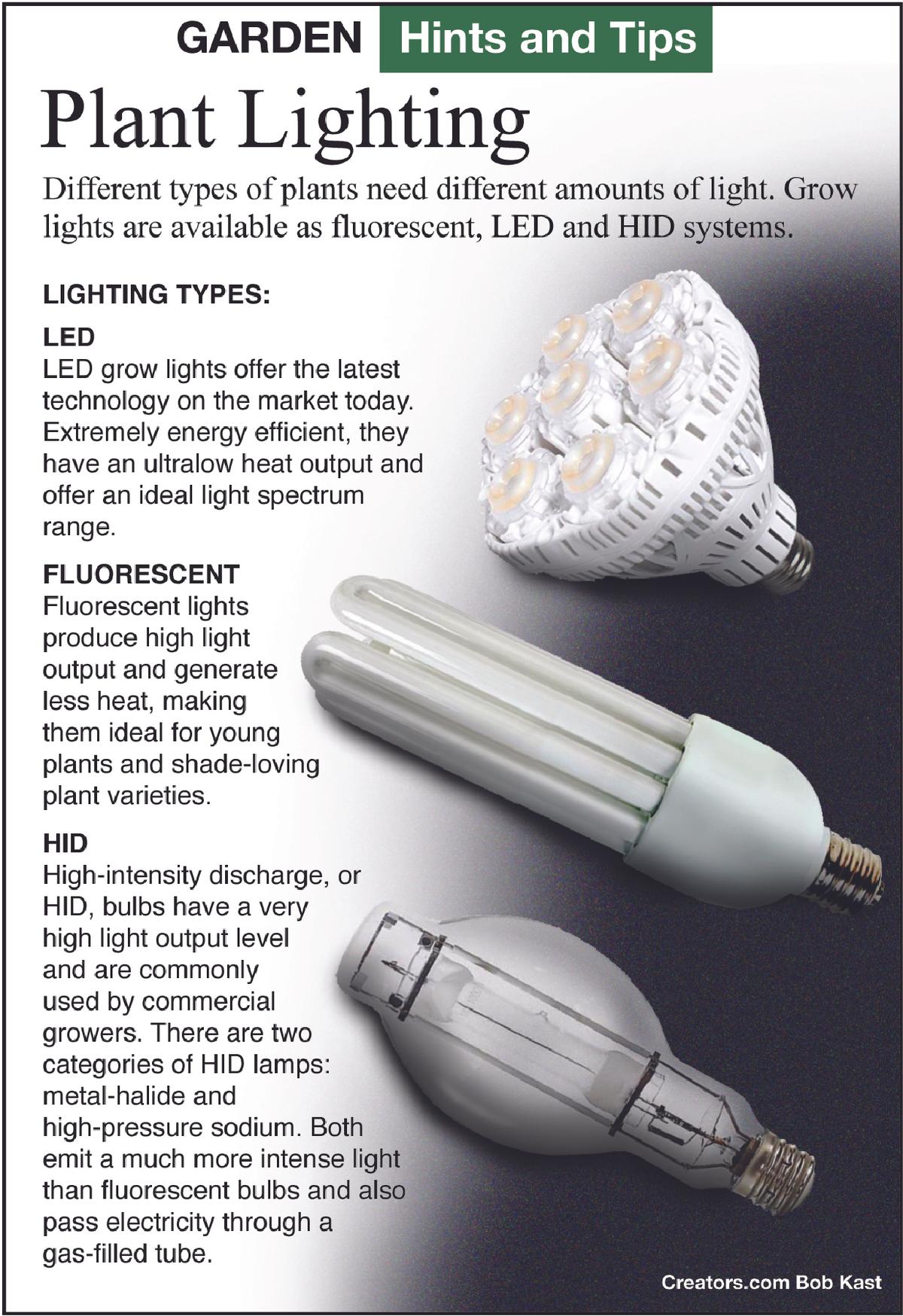

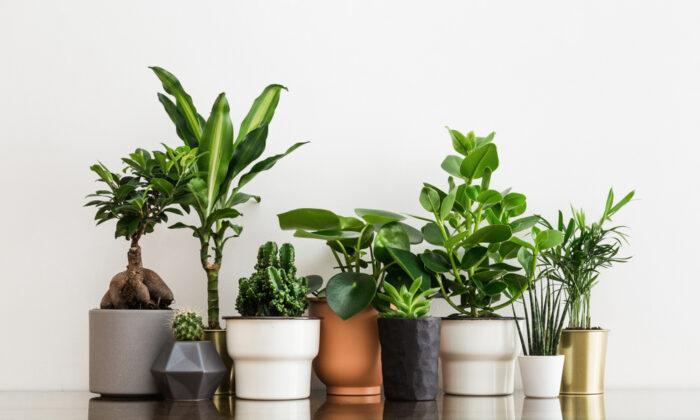
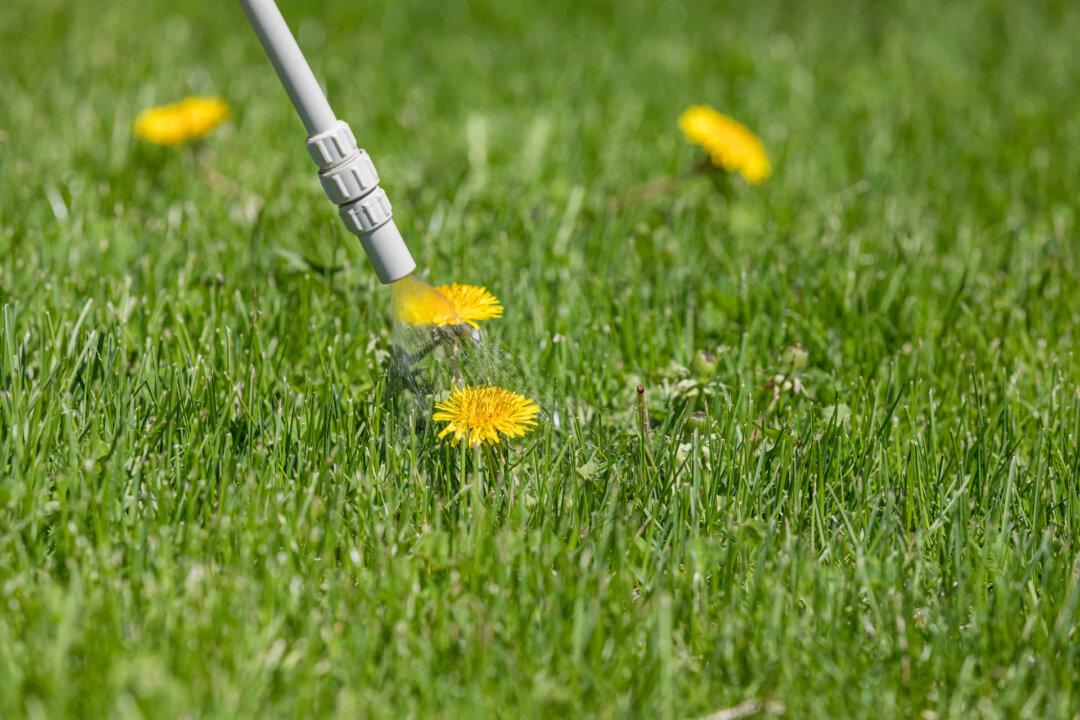
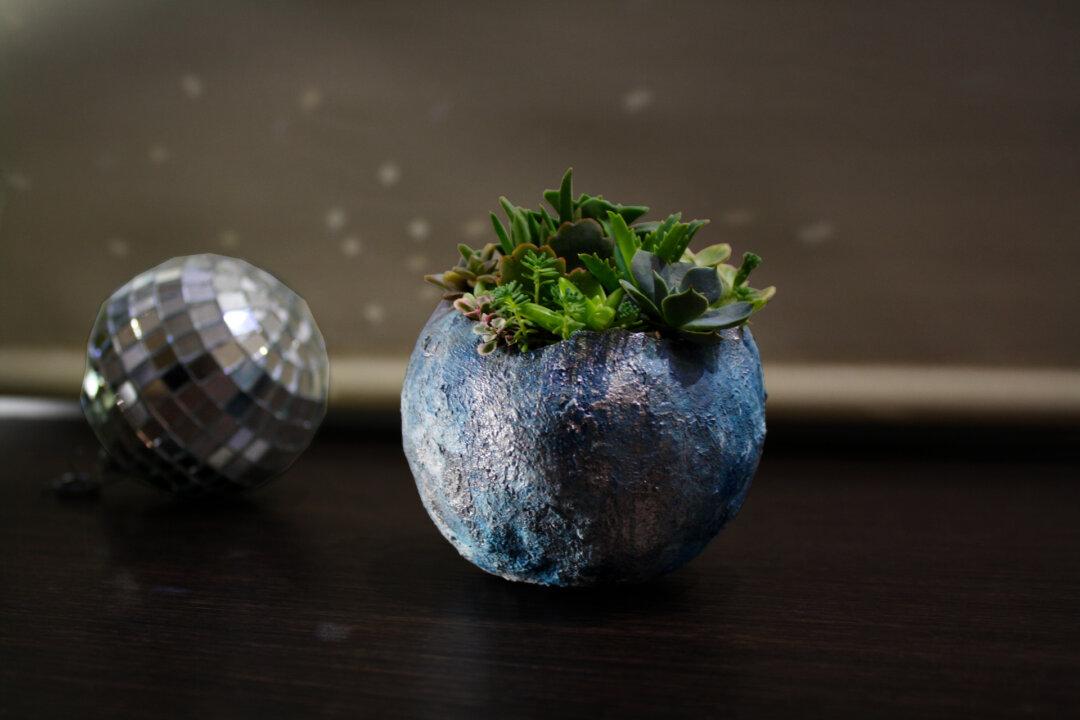
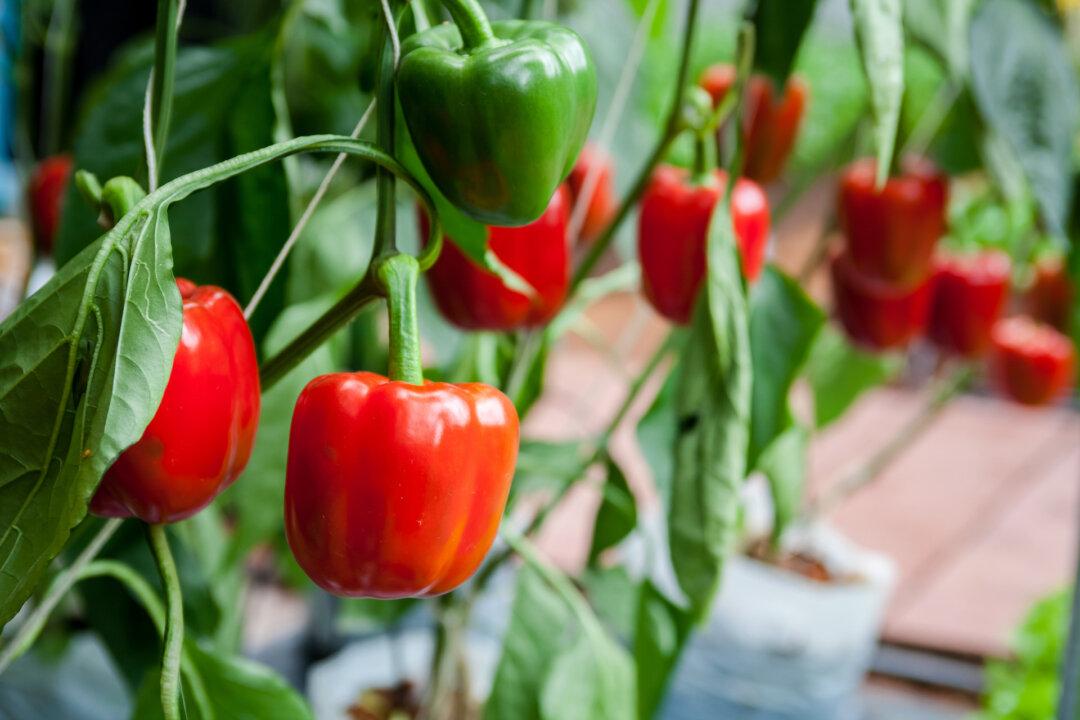
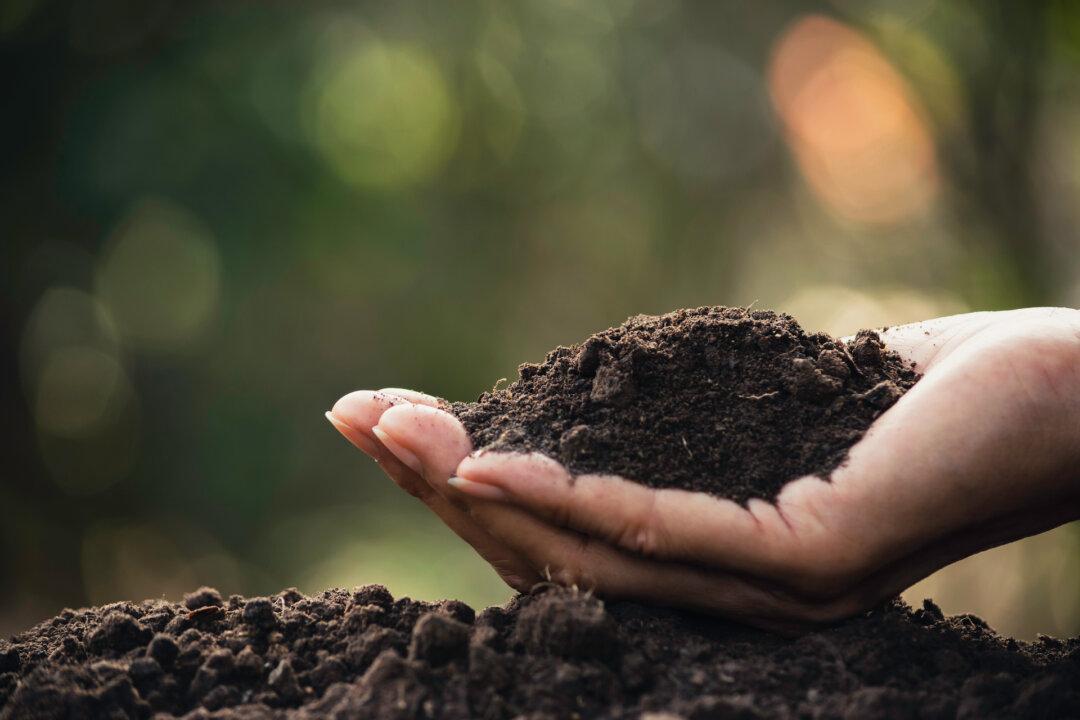
Friends Read Free